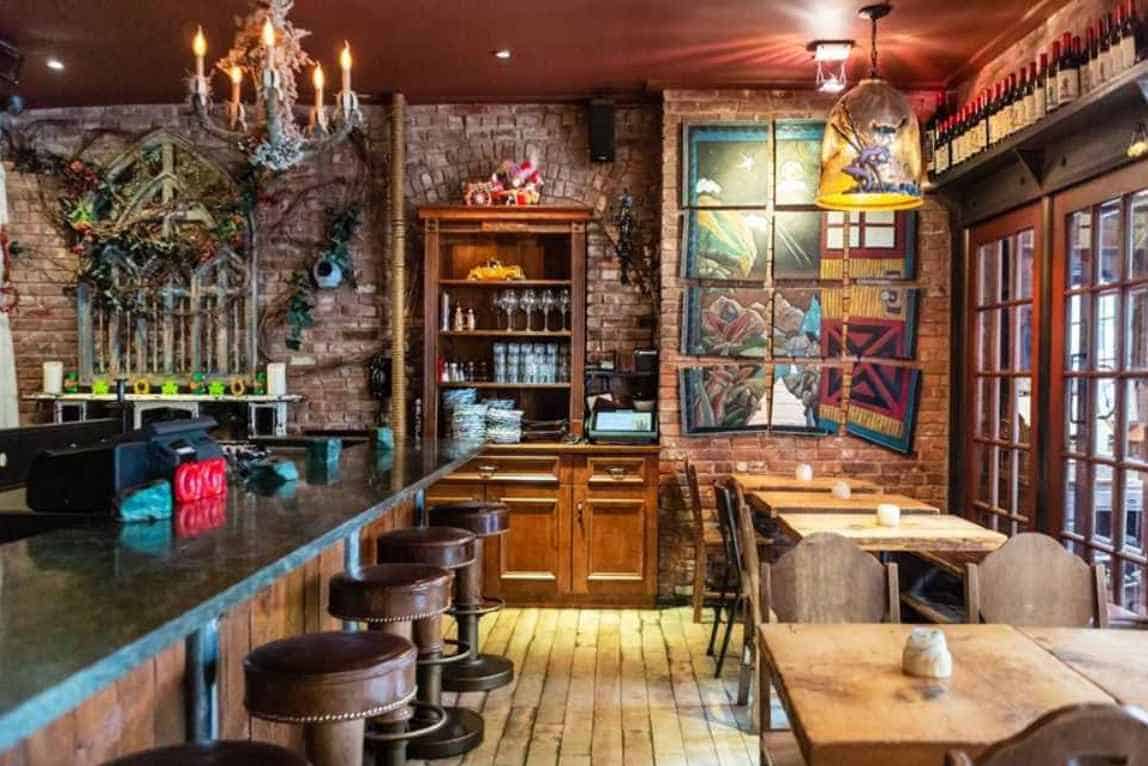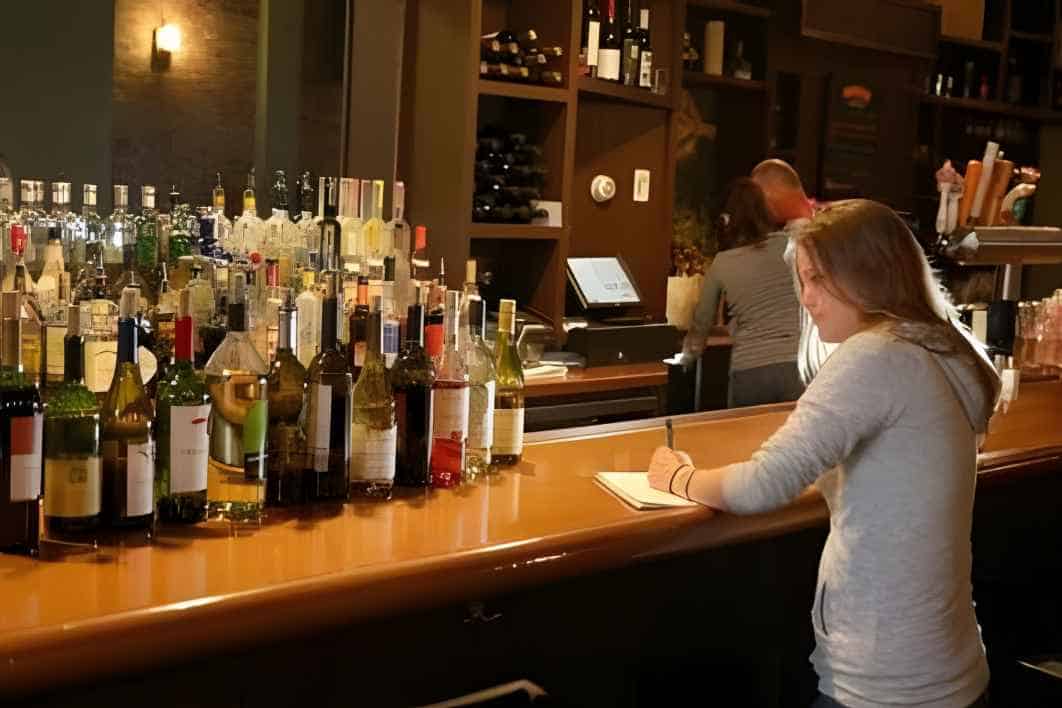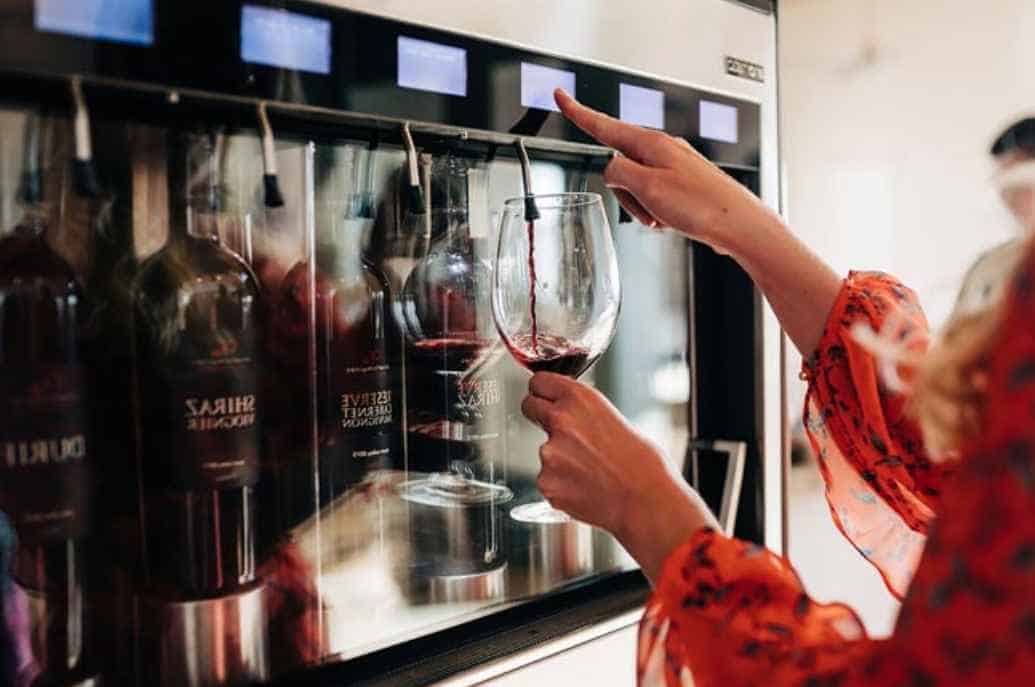Do you want to translate your passion wines into a business? You may go into distribution or retail. However, if you like to experience the vibrant energies of the F & B industry, a wine bar would be a great idea. To help you get started with this venture, we’ve come up with a guide on how to open a wine bar.
What are the benefits of opening a wine bar?
If you play your cards right and run your wine bar properly, it can generate a lot of money. It is especially true in a location with plenty of foot traffic. It also offers customers a distinctive dining experience and ambiance, making it stand out from other restaurants. Its unique features plus sound management can rake in sales.
Wine enthusiasts frequently find ways to discover new varietals and styles. If you offer a diverse and exceptional wine collection, you will always have a devoted clientele.
In addition, a wine bar has the potential for expansion. You can offer food, sell merchandise, or provide entertainment opportunities. All of these can eventually add to the wine bar’s profits. Lastly, you can cultivate your passion for wine when you open a wine bar. You’ll meet people who share the same zeal for vino.
What are the challenges associated with opening a wine bar?
Opening a wine bar may have its perks, but you also have to prepare for the following possible challenges:
- High costs: Opening a wine bar involves substantial furniture, equipment, inventory, and marketing investment.
- Competitors: The presence of several well-established wine bars in your neighborhood may threaten your business. The food and beverage industry is highly competitive.
- Licensing and regulation: One of the primary considerations in opening a wine bar is securing licenses. It might take a lot of time and effort to get them. Sometimes you have to go through many hoops to comply with government regulations.
- Human Resources: A wine bar’s success depends on attracting and keeping experienced, skilled workers, yet doing so can take time and effort.
- Inventory management: Inventory control can be challenging, considering that wine can be impacted by temperature, humidity, and other elements,
- Marketing: Building a clientele for a new wine bar can be difficult, and it might take a sizable amount of marketing work.
- Seasonality: The demand for wine bars can vary depending on the time of year, with off-season business often being slower.
Create a Concept and Business Plan for Your Wine Bar
The key to a successful wine bar is thorough preparation. You must create a solid foundation by planning the business and securing the appropriate paperwork. The following are the first steps you need to do before your wine bar’s opening night.
Write your business plan
A business plan is a crucial part of any business start-up. It will serve as your map in navigating your wine bar venture. You can also present this to investors and potential business partners.
You can use the steps below to craft a business plan and concept for a wine bar:
- Study your target market: Identify possible competition within your neighborhoods and nearby areas. You must also determine if there is a demand in your community for wine bars.
- Conceptualize your business: Choose the style of wine bar you wish to open. Would you want it to be casual, upscale, or both? Decide your wine selection and the food you want to serve. It’s also crucial to visualize the environment you want to create and the degree of service you will provide.
- Create a marketing plan: Select your promotion strategies, such as advertising, social media, email marketing, or events, for your wine bar.
- Establish a menu: Choose the types of wine, food, and non-alcoholic drinks you’ll provide while keeping your target market, budget, and local laws in mind.
- Establish the price of your goods: To ensure profitability, determine the costs of supplies, machinery, rent, labor, and other fees. Then, establish the price of your goods.
- Calculate your financial projections: Determine the anticipated income, costs, and profits for the initial year and the following three to five years.
- Write your wine bar business plan: Create a thorough business plan with the help of the data you’ve acquired. Remember to include the following information:
- executive summary
- company description
- market analysis
- list of products and services
- marketing and sales plans
- operational guidelines
- financial forecasts
Secure Financing and Do the Paperwork
Opening your wine bar entails finding the funds for your preparations and actual operations. You must also secure the necessary paperwork to run your business legally.
Secure your financing
Thinking about how you will finance your wine bar can be overwhelming. Fortunately, you can explore many doable options, including:
- Personal savings: Although this may restrict your wine bar’s scale, you can utilize your savings to finance your enterprise.
- Small business loans: These are available from banks and credit unions.
- Crowdfunding: Using websites like Kickstarter or Indiegogo, you can collect money from people who would like to support your wine bar.
- Investors: You can look for investors interested in supporting your company in exchange for a portion of ownership or potential future earnings.
- Grants: To help finance your business, you can look into and apply for assistance provided by public or private organizations.
- Credit cards: These can be used to pay for both initial costs and continuing expenses.
It’s crucial to give serious thought to the criteria of each financing option. You must also consider how they will affect your personal and professional finances.
Acquire business licenses and permits
The licenses and permits you need to secure will depend on your wine bar’s region and jurisdiction. But some of the frequently required licenses and permits are as follows:
- Alcoholic Beverage License: It’s a license that authorizes the selling of liquor and other alcoholic drinks.
- Business Permit: A document that enables your wine bar to run legally in a particular area.
- Food Service License: The local health department requires this document, so you serve food in your wine bar.
- Sales Tax Permit: You will need this permit to remit and collect sales taxes on the products you sell.
- Zoning License: It is to make sure that the location you have chosen for your wine bar conforms with local zoning laws.
Prepare for Your Wine Bar’s Operations
Now that you’ve accomplished the paperwork and secured the funding for your business, it’s time to prepare your wine bar space and the elements involved in running it.
Here are the things you need to prepare to make your wine bar ready for operation:
Location
An exceptional wine bar concept placed in the wrong location will have difficulty prospering. Your venture’s location plays a crucial role in attracting customers.
Make sure to check all the features in this list for the ideal space.
- Accessible by public transportation or by foot
- Busy and active neighborhood with high-foot traffic
- A large population of young professionals, tourists, wine enthusiasts, and adults.
- Adequate and safe parking
- The presence of few businesses with the same concept
Design and Decoration
The concept and target clientele will determine the best wine bar design and decor. Here are some general pointers, though:
- Use quiet background music, cozy seating, and dim lighting to create a welcoming, upscale ambiance.
- The interior design should have a wine theme, such as wine bottles on shelves, artwork featuring wine, or a wine cellar atmosphere.
- Create a flexible venue that can be utilized for large gatherings, private parties, and wine tastings.
- Make the wine bottles, glasses, and other ornamental items stand out with illumination.
- A warm environment can be produced with a neutral color scheme of rich earth tones, such as deep reds, burgundies, or earthy greens.
- The design aesthetic might be anything from rustic, emphasizing wood and stone, to modern and slick, emphasizing glass, metal, and clean lines.
Equipment
Use the following equipment list to ensure you have everything you need before you open your wine bar.
- Bar Equipment
- Refrigerator
- Bar top
- Ice machine
- Sink
- Glassware
- Wine Storage
- Wine coolers
- Wine racks
- POS (point-of-sale system)
- Kitchen equipment (if you’re serving meals)
- Freezer
- Oven
- Stove
- Cookware
- Dishwasher
- Prep table
- Cooking tools
- Glassware
- Wine glasses
- Decanter
- Wine stoppers
- Aerators
- Wine chillers
- Plates and cutlery
- Furniture
- Bar stools
- Tables
- Chairs
- couches
Wine List and Food Menu
Your target market and the bar’s concept will help you decide on your wine and food menu. However, you can use the following as your guide.
Wine Selection
Provide a wide range of wines by the glass, including reds, whites, sparkling wines, and rosés. Ensure to serve premium, locally sourced, and international wines, as well.
Food menu
Offer light, complementing foods that go well with wine, like cheese platters, charcuterie boards, or tapas. Food pairing options can also provide a good dining experience for your guests.
Crew
Look for applicants with experience working in a restaurant or a wine bar. They must be familiar with wine and capable of making suggestions to customers. Hire trained wine professionals such as sommeliers.
As they will be working with clients regularly, it is also essential to seek applicants with strong communication and interpersonal skills.
Look for adaptable applicants who can work various shifts, including evenings and weekends, as wine bars frequently experience busy times.
Conclusion
Launching a new business can be an exciting yet strenuous endeavor. However, you can avoid the stress of preparation by doing your “homework”. Use this guide on how to open a wine bar to ensure you are on the right path. Good luck, and cheers to your new business!

George Moore, co-founder of Wine Flavor Guru, is a charismatic entrepreneur with a rich background in California’s wine industry. Alongside Sylvia, he transformed a Sonoma County vineyard into a source of premium wines. George’s expertise in sourcing exceptional grapes and his approachable style make wine appreciation both accessible and engaging.





